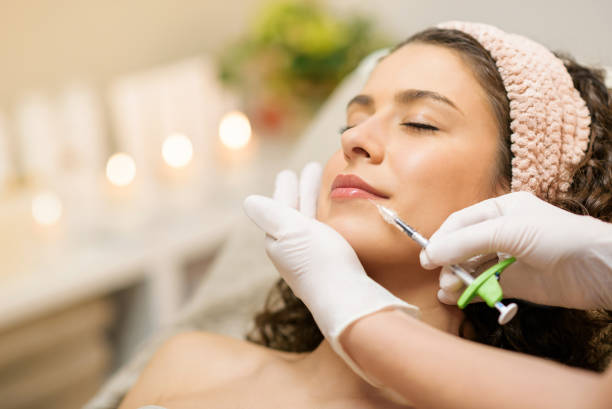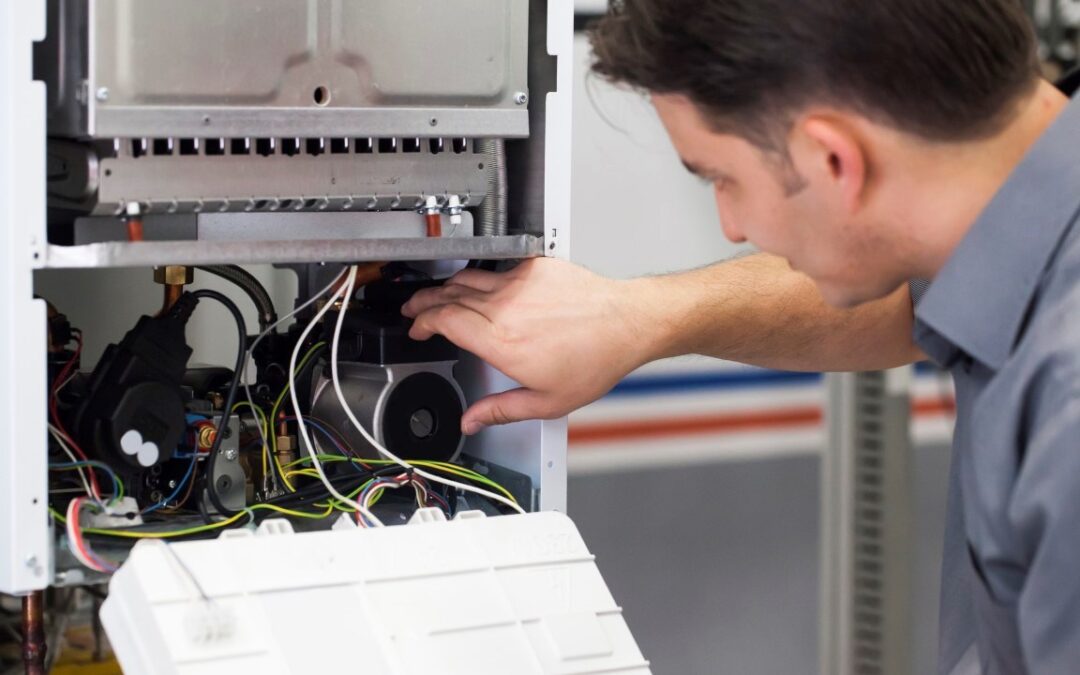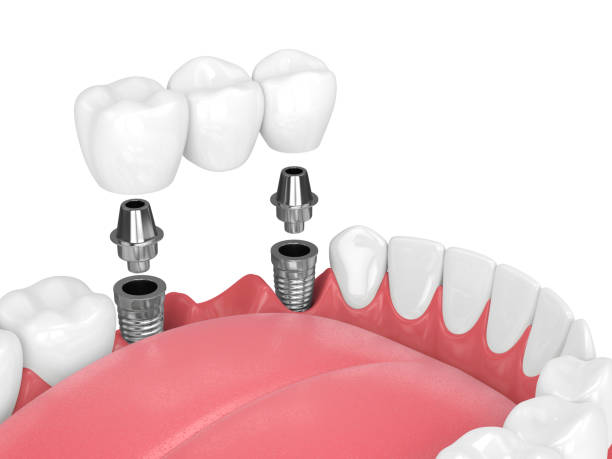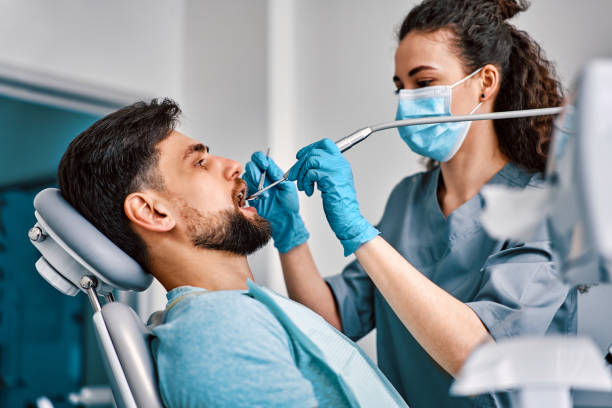Botox has become one of the most sought-after cosmetic treatments worldwide, especially for individuals seeking a youthful and refreshed appearance. When considering Botox in Abu Dhabi, understanding its effects on facial muscles is essential for making an informed decision. This popular injectable treatment works by targeting specific facial muscles to reduce the appearance of wrinkles and fine lines, ultimately enhancing facial aesthetics. But what exactly does Botox do to facial muscles? Let’s explore this in detail.
Understanding How Botox Works on Facial Muscles
The Science Behind Botox’s Action
Botox is a purified form of botulinum toxin that temporarily affects muscle activity. When injected into targeted facial muscles, it blocks nerve signals that stimulate muscle contractions. This interruption leads to a reduction in muscle activity, which directly impacts the formation of dynamic wrinkles—those caused by repeated muscle movements such as frowning or squinting.
Muscle Relaxation and Wrinkle Reduction
By relaxing specific facial muscles, Botox diminishes the appearance of wrinkles and fine lines, especially in areas like the forehead, around the eyes, and between the eyebrows. The relaxation of these muscles results in smoother skin, giving the face a more youthful and rested appearance.
How Botox Interacts with Facial Muscles
Targeted Muscle Inhibition
Botox is administered precisely into muscles responsible for facial expressions. Common injection sites include the glabellar lines (frown lines), crow’s feet (around the eyes), and forehead lines. Once injected, Botox inhibits the muscles’ ability to contract forcefully, reducing the depth and visibility of existing wrinkles and preventing the formation of new ones.
Temporary Effects on Muscular Movement
The effects of Botox are temporary, typically lasting between three to six months. During this period, the targeted muscles remain relaxed, which means that facial expressions may appear softer and less exaggerated. This temporary paralysis allows the skin to smooth out over time, providing a natural-looking rejuvenation.
Impact on Facial Dynamics
While Botox relaxes muscles to reduce wrinkles, it also subtly alters facial expressions. Skilled practitioners aim to maintain natural movement, ensuring that the face still retains its expressiveness. Over-treatment or improper injection can lead to an overly stiff appearance, which is why professional administration is crucial.
The Process of Muscle Modification with Botox
Injection Technique and Precision
The success of Botox treatment depends heavily on precise injection techniques. Practitioners carefully identify target muscles and administer small doses of Botox to achieve optimal results. They consider individual facial anatomy, muscle strength, and desired outcomes to customize each treatment plan.
Effect Timeline and Muscle Response
Immediately after injections, some patients may notice slight swelling or tenderness. The full effects typically develop within a few days, with the maximum impact observed around one to two weeks post-treatment. During this period, the muscles gradually weaken, leading to the reduction of wrinkles.
Long-Term Muscle Conditioning
Repeated Botox treatments can lead to longer-lasting results. Over time, the targeted muscles may weaken due to disuse, and some individuals experience a permanent reduction in muscle activity in treated areas. This process, known as muscle atrophy, contributes to sustained aesthetic improvements.
Benefits of Botox on Facial Muscles
Smoother Skin and Youthful Appearance
By relaxing hyperactive muscles, Botox effectively smooths out dynamic wrinkles, resulting in a more youthful and refreshed look. This treatment can significantly enhance facial aesthetics without invasive procedures.
Prevention of Future Wrinkles
Regular Botox treatments can also serve a preventative function. By limiting muscle contractions that cause wrinkles, Botox helps delay the formation of new lines and deepening of existing ones.
Customized Facial Rejuvenation
Botox allows for a tailored approach, targeting specific muscles to address individual concerns. Whether it’s reducing forehead lines, frown lines, or crow’s feet, practitioners can customize treatments to achieve natural and harmonious results.
Considerations When Applying Botox to Facial Muscles
Balancing Muscle Relaxation and Expression
The key to effective Botox treatment is balancing muscle relaxation with maintaining natural facial expressions. Skilled practitioners ensure that expressions such as smiling and frowning remain expressive while reducing unwanted lines.
Long-Term Muscle Effects and Adaptation
Repeated Botox treatments can lead to changes in muscle size and strength. Some muscles may weaken over time, which can influence facial movements and expressions. This adaptive response underscores the importance of professional guidance.
Potential for Asymmetry and Overcorrection
Inexperienced administration can result in asymmetrical or overly stiff appearances. Therefore, consulting with experienced practitioners ensures that the treatment aligns with aesthetic goals and maintains facial harmony.
Summary: What Does Botox Do to Facial Muscles?
In essence, Botox Abu Dhabi acts by temporarily paralyzing targeted facial muscles, reducing their ability to contract forcefully. This action smooths out dynamic wrinkles and fine lines that are caused by repetitive muscle movements. The relaxation of these muscles not only improves current wrinkles but also prevents the formation of new lines, contributing to a more youthful and relaxed facial appearance. The effects are transient, emphasizing the importance of ongoing treatments to maintain desired results.







0 Comments